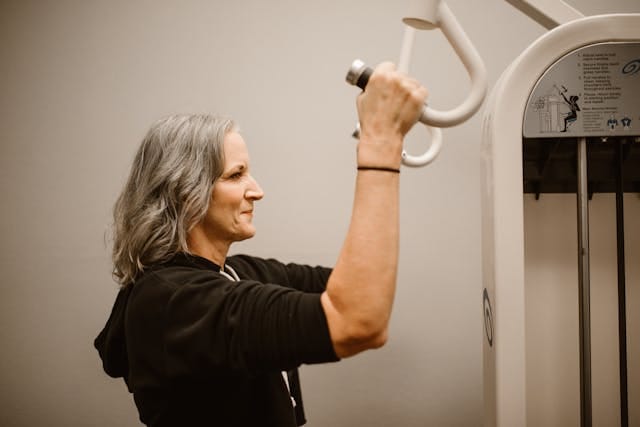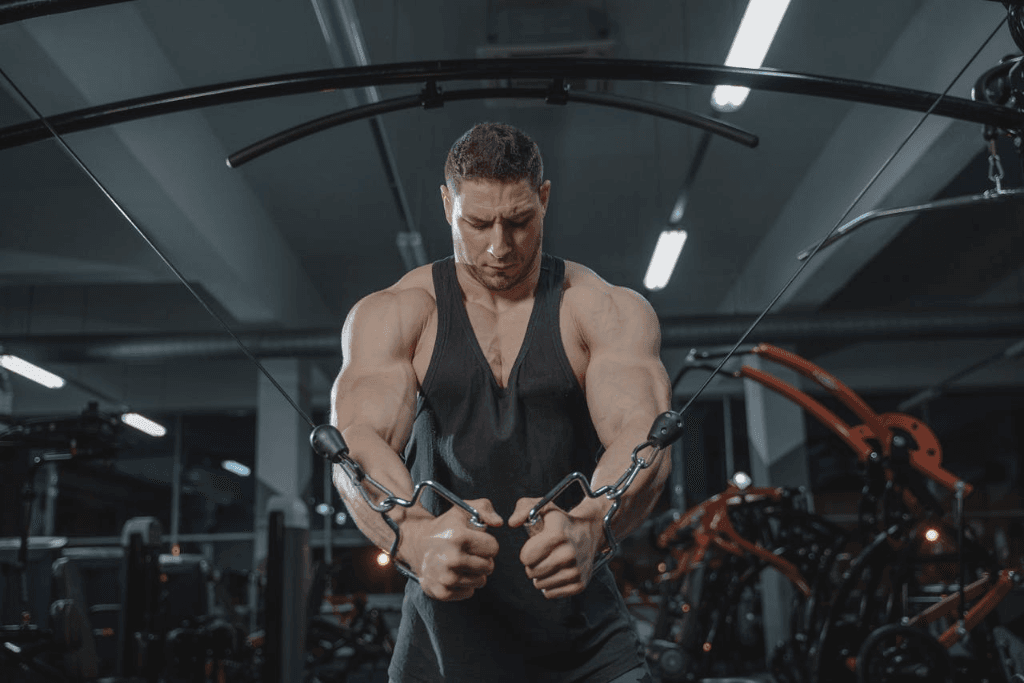Beginner strength training guide: If you’ve ever felt overwhelmed by the idea of lifting weights, you’re not alone. Many people want to get stronger, feel more confident, and improve their health, but don’t know where to start. This beginner strength training guide will show you how to begin safely and effectively, even if you’ve never picked up a dumbbell.
Strength training isn’t just about building muscle. It helps boost metabolism, improve posture, prevent injuries, and even support mental health. With the right approach, anyone can benefit, regardless of age or fitness level.
Below, you’ll learn why strength training matters, which exercises to start with, how to create a routine, and how to stay long-term motivated.
Table of Contents
Why Strength Training Matters and How to Begin Safely

>>> Get More Views On YouTube Fast
>>> Click Here To Create Your First $1,000 Short AI
Benefits of Strength Training for Beginners
One of the most important things to understand when you’re reading a beginner strength training guide is why strength training should be part of your fitness routine. Here are some evidence-based reasons:
- Increases metabolism: The more lean muscle you build, the more calories you burn at rest.
- Strengthens bones and joints: Resistance training stimulates bone density and joint resilience.
- Improves everyday function: Carrying groceries, climbing stairs, or playing with your kids all get easier.
- Supports mental health: Lifting weights releases endorphins that reduce stress and anxiety.
If your goal is fat loss, keep in mind that strength training is often more effective than cardio alone because it changes your body composition over time.
Preparing Your Body and Mind
Before you jump into your first workout, take time to set yourself up for success:
- Get medical clearance if needed, especially if you have chronic health conditions or injuries.
- Set realistic goals, like improving strength, gaining muscle tone, or feeling more energetic.
- Gather basic equipment such as dumbbells, resistance bands, and a mat. You don’t need a gym membership to start.
- Focus on form over heavy weights. Learning proper technique is the foundation of safe progress.
>>> Get More Views On YouTube Fast
Learning Proper Technique First
Form matters more than anything when you start lifting weights. Here are a few tips that apply to almost every exercise:
- Maintain a neutral spine (avoid arching your back).
- Engage your core muscles throughout the movement.
- Move with control—don’t use momentum to swing weights.
- Start light. You should feel challenged but able to complete your reps with good technique.
If you’re unsure about your form, record yourself or ask a qualified trainer to check your technique.
The Best Beginner Strength Training Exercises and How to Build Your Routine
Foundational Exercises to Master
In every beginner strength training guide, you’ll find the same essential movement patterns. Mastering these gives you a balanced foundation:
- Squat
- Works the legs, glutes, and core.
- Start with bodyweight squats.
- Keep your knees in line with your toes and hips back.
- Lunge
- Builds leg strength and balance.
- Keep your torso upright and lower your back knee toward the floor.
- Push-Up
- Strengthens chest, shoulders, and triceps.
- Modify by doing them on your knees if needed.
- Row
- Activates your upper back and biceps.
- Use a dumbbell or resistance band.
- Glute Bridge
- Targets glutes and hamstrings.
- Focus on squeezing your glutes at the top.
- Plank
- Builds core stability.
- Keep your body in a straight line, elbows under shoulders.
These six exercises form a balanced, full-body beginner routine.
How to Structure Your Beginner Strength Training Routine
Here’s a simple template you can adapt:
- Frequency: 2–3 days per week
- Sets: 2–3 per exercise
- Reps: 8–12 per set
- Rest: 60–90 seconds between sets
Example weekly schedule:
- Monday: Full-body strength workout
- Wednesday: Rest or light cardio
- Friday: Full-body strength workout
This structure allows your muscles time to recover and adapt, which is when real growth happens.
As you progress, increase the weight gradually or add an extra set to keep challenging your body.
>>> Get More Views On YouTube Fast
Tips to Stay Motivated and Track Progress Beginner Strength Training Guide
Starting a new habit can feel exciting at first but staying consistent is where the results happen. Here are proven strategies to stay on track:
- Track your workouts in a notebook or app. Recording sets, reps, and weights helps you see progress.
- Celebrate small wins, like lifting heavier or doing extra reps.
- Focus on how you feel, not just how you look. More energy, better sleep, and improved mood are powerful motivators.
- Find a community, online or in person, to share your journey and stay accountable.
If you ever feel discouraged, remember that strength training is a lifelong skill. The important thing is to keep showing up.
>>> Click Here To Create Your First $1,000 Short AI
Final Thoughts
Starting strength training doesn’t have to be complicated. This beginner strength training guide is designed to help you build confidence, learn proper technique, and start getting stronger in a way that feels sustainable.
Whether you train at home or in a gym, consistency matters most. By focusing on form, progressing gradually, and staying patient, you’ll build a stronger body and mind.




